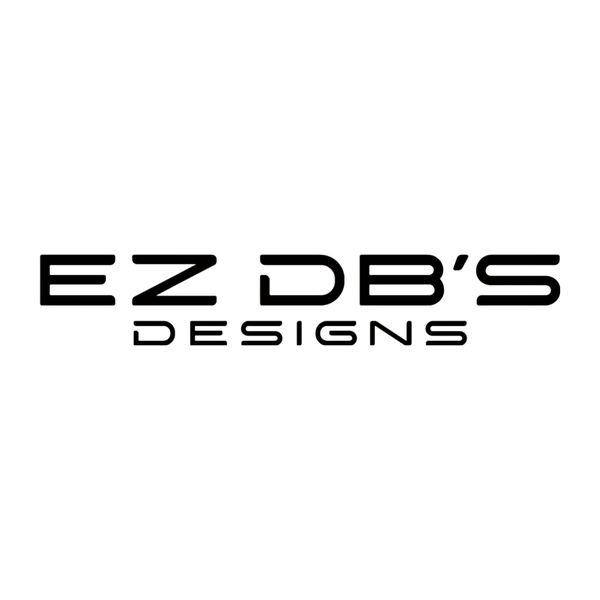How To Pull Your Measurements
When measuring for your enclosure, provide the absolute max dimensions of the available space, not just the space you want to use. This helps avoid back-and-forth and ensures no compromises in design. I won’t work with undersized measurements by “making it fit.”
For clarity's sake moving forward in this article and when ordering, height is top to bottom, depth is front to back, width is left to right.
Consider if the enclosure will be slid in or built in place. For a slide-in trunk build for example, the trunk opening may be the limiting factor, not the trunk space itself. So, imagine sliding a rigid box in and check that it fits everywhere along the way—testing with a cardboard mockup can help. For in-vehicle builds, just measure the available height, width, and depth. Account for sub clearance and port breathing room in their respective dimensions when giving measurements.
With complex enclosure shapes, measure from one or two reference points. For example, in a walled enclosure, use the front edges as a main reference. If the top angles inward from the sides, measure the side panel height and overall height, as well as the top width. For a back panel that angles inward, use the front top edge as a reference for the top depth, and the back bottom edge for the bottom back height. These points clarify angled dimensions and positions.
When sharing complex measurements, a 2D sketch with front, back, and side views usually works well. For panels that are angled, 99% of the time I will not need to know their measurements, as their measurements are found by giving me the measurements around them. This is more accurate. See below for example images.





